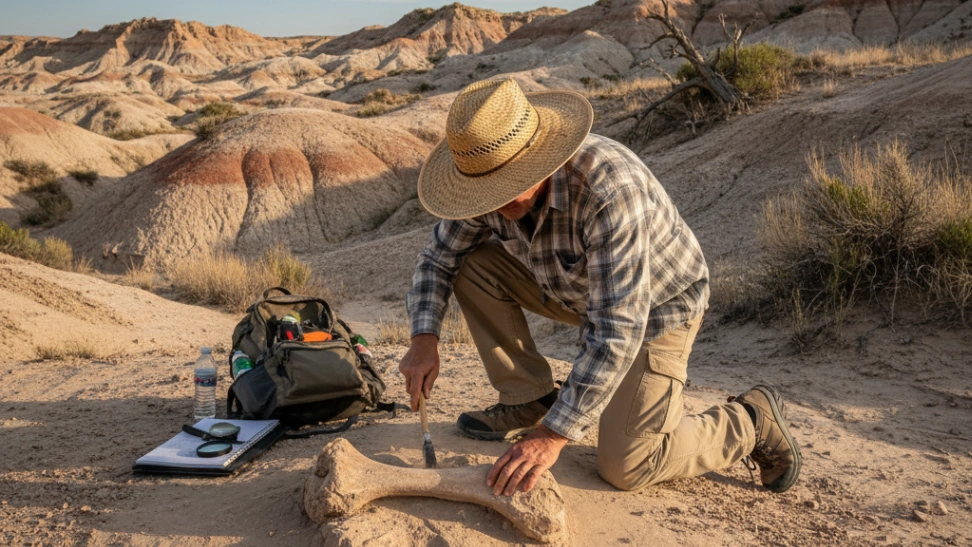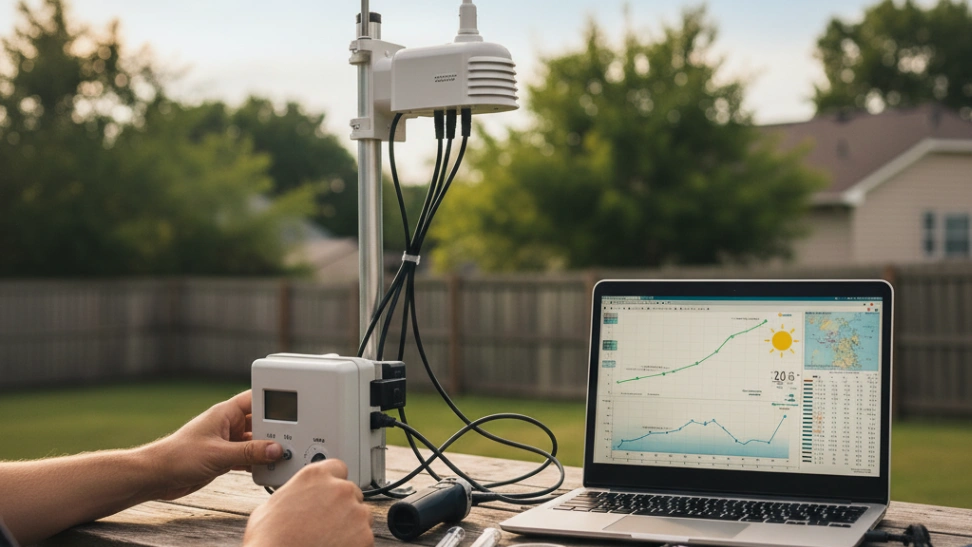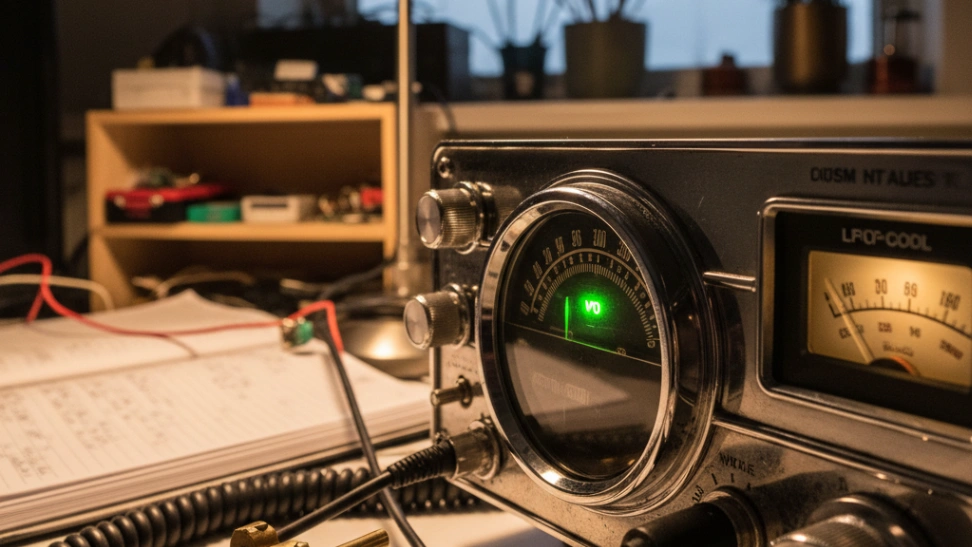The allure of amateur paleontology lies in the profound sense of wonder and connection it provides. Each fossil discovered is a tangible piece of history, offering clues about ancient environments, extinct creatures, and the evolutionary journey of life on our planet. Beyond the excitement of unearthing a specimen, the hobby often involves careful preparation in a home lab, using specialized tools to clean and stabilize delicate fossils. Many amateur paleontologists also dedicate time to identifying their finds, researching their geological context, and sharing their knowledge with others, whether through local clubs, online forums, or even collaborating with professional researchers. This collaboration is crucial; historically, amateurs have made significant contributions, sometimes unearthing finds that rewrite scientific understanding. The process fosters patience, sharp observational skills, and a deep respect for the natural world and its incredibly long timeline.
The history of fossil collecting is as old as humanity's curiosity about the natural world. Early humans likely stumbled upon fossils, interpreting them through myth and legend. However, the systematic study and collection of fossils began to take shape during the Enlightenment. Remarkable figures like Mary Anning, a 19th-century English fossil collector and paleontologist, though an amateur by formal standards, made groundbreaking discoveries of marine reptile fossils along the Jurassic coast. Her meticulous work and sharp eye significantly advanced the nascent field of paleontology. Many natural history museums worldwide owe their initial collections to diligent amateurs who spent countless hours in the field. This tradition of amateur contribution continues today, with hobbyists often being the first to identify new sites or uncover specimens that would otherwise remain hidden due to resource limitations for professional digs. The rise of geology as a science in the 18th and 19th centuries further fueled interest, providing a framework for understanding the layers of rock in which fossils are embedded, making the search more scientific and less purely serendipitous.
Engaging in amateur paleontology involves several key aspects. Fieldwork is paramount, typically taking place in areas with exposed sedimentary rock, such as riverbeds, coastlines, quarries, or badlands, where erosion regularly uncovers new material. Participants must learn to read the landscape, understand basic geological principles, and identify promising strata. Once a fossil is located, careful excavation is necessary to prevent damage, often requiring delicate tools like brushes, dental picks, and small chisels, along with plaster jackets for larger, fragile specimens. Back at home, further preparation might involve specialized cleaning, stabilization, and repair techniques. Beyond the physical act of collecting, identification is a critical intellectual challenge. This involves consulting field guides, scientific papers, and often communicating with experts or fellow enthusiasts to correctly classify a find, understand its significance, and place it within the broader context of evolutionary history and paleoecology. Education is an ongoing part of the hobby, as new discoveries and research constantly reshape our understanding of ancient life.
Ethical considerations and legal regulations are vital for responsible amateur paleontology. While collecting fossils from private land with permission is generally accepted, and many public lands permit surface collecting of common invertebrate fossils for personal use, federal and state lands often have strict rules prohibiting or limiting collection, especially of vertebrate fossils. Understanding and adhering to these laws is crucial to avoid legal issues and to ensure the preservation of scientifically important sites. Furthermore, ethical collecting emphasizes minimizing environmental impact, respecting land use, and prioritizing scientific integrity. Significant or rare finds should be reported to scientific institutions, as their value lies not just in their aesthetic appeal but in the data they provide for research. The hobby instills a deep sense of stewardship for these ancient treasures, recognizing that they are irreplaceable records of life's journey and belong to the collective scientific heritage, not just a private collection. Conservation practices, such as leaving a site as undisturbed as possible and only collecting what can be properly cared for, are fundamental to being a responsible amateur paleontologist.



